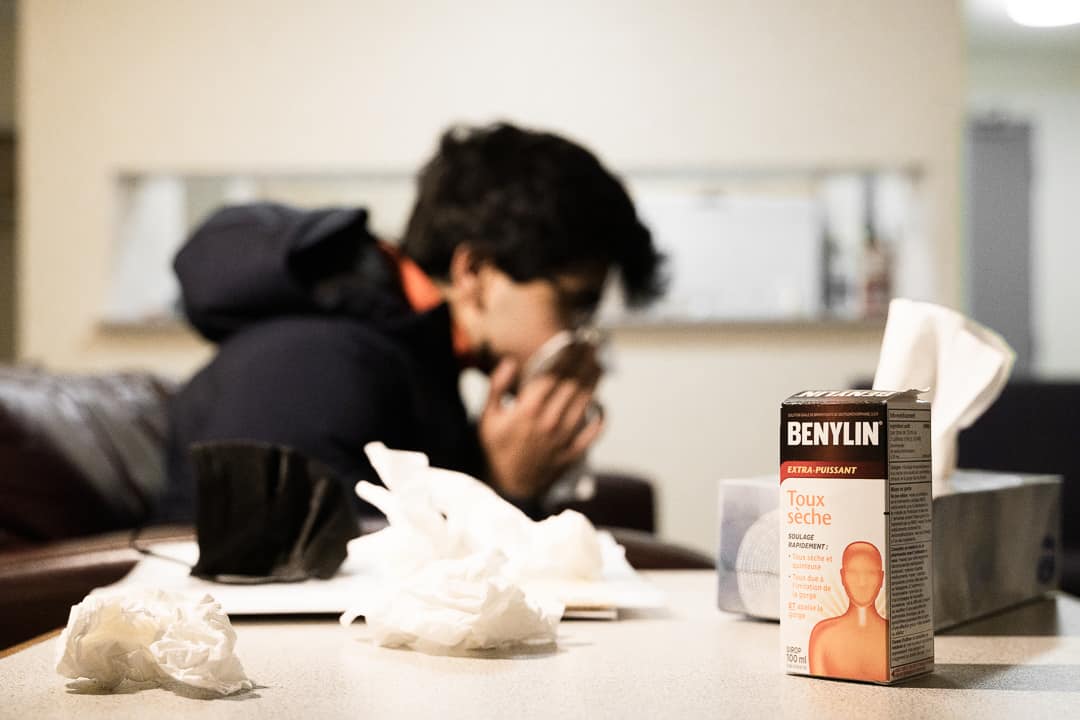The two functions of primary health care are to provide first-contact health care and to provide referrals to patients that require more specialized services. As such, primary health care includes basic emergency services, basic mental health services, prevention and treatment of common diseases, and coordination with other levels of care.
However, Ontario’s independent COVID-19 Science Advisory Table revealed that these two functions aren’t being fulfilled in Ontario, as the province isn’t meeting the demand for primary health-care practitioners.
Over the course of the COVID-19 pandemic, the practice and capability of primary health care in Ontario has markedly declined.
The pandemic has resulted in a delay in preventative and ongoing health care, which has caused patients to present with more complex and severe issues later on. Primary care clinicians then have to deal with these complex conditions, which add further strain onto primary care facilities.
However, COVID-19 isn’t the original cause of this strain. Prior to the pandemic, there were many long standing issues and intersecting factors that affected the quality of primary care in the province. The pandemic has only exacerbated the issue. In 2020, around 1.8 million people in Ontario did not have a family doctor and this number was predicted to further increase.
This is why the University of Toronto should focus more on giving students easy access to primary health care during this capacity crisis. U of T has an international student population of 30.3 per cent — many of whom likely don’t have family doctors or know how to navigate the Ontario health-care system. In addition, there are many out-of-province and in-province students who also don’t have access to a family doctor while at U of T.
Currently, U of T’s Health and Wellness Centre provides a range of physical and mental health services and resources for students. One of these services is providing students with appointments with a range of physicians. This system is a useful resource for many students who may not know where to turn for primary health care in Ontario.
However, actually waiting for an appointment with a physician at U of T Health and Wellness Centre can be a long process. Another resource that U of T provides is a helpline number students can contact.
In an interview with The Varsity, Sasha Mehra, an international student at UTSG, discussed her experience with a fractured left clavicle in February. Mehra said that she could not find appointments with a physician for the coming week and was in great pain, so she contacted the helpline. While discussing her experiences, she said, “There was no response at first, and I had to call three times before getting a response.” During the call, Mehra said that she “discussed the history but they said there’s nothing [they] can do.”
According to Sasha, U of T should at least have a 24/7 clinic on campus instead of affiliated centres because most of them either don’t work during the hours students may need help or have long lines for the general population. It is upsetting that U of T doesn’t have a system that can support its students who may face injuries or health issues.
Ontario’s growing need for primary care practitioners should be a call to action for U of T to provide their students with more support. One critical step would be to have an on-campus family physician who takes students for walk-in appointments when they require it. Finally, U of T must work on its coordination with other levels of care so students with more complex issues have somewhere to turn to. I believe these steps are crucial in providing students with a better and more efficient healthcare system.
Shreya Vanwari is a third-year psychology student at Woodsworth College. She is the local affairs columnist in The Varsity’s Comment section.


